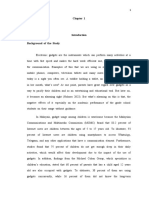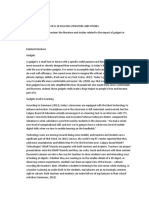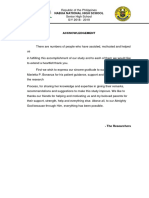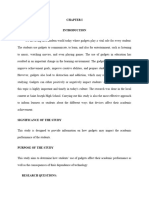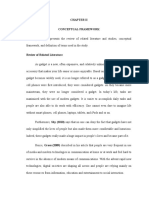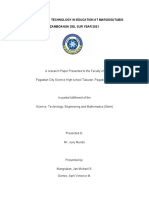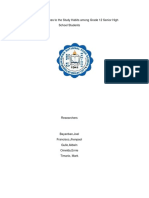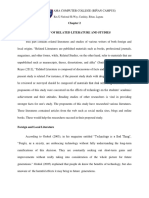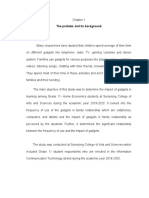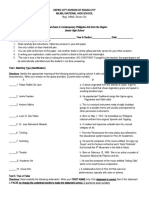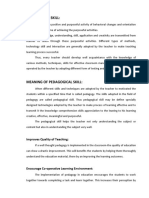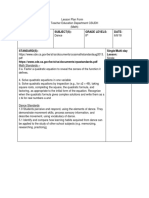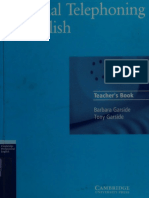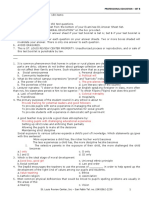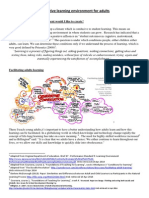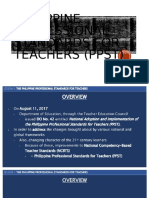0% found this document useful (0 votes)
30 views12 pagesChapter 2 Research
Chapter 2 reviews related literature on the impact of gadgets on students' academic performance, highlighting both positive and negative effects. It discusses the influence of technology on learning, the importance of balancing gadget use with traditional study methods, and the potential for addiction to negatively affect students' social skills and academic outcomes. The synthesis emphasizes the need for responsible use of technology in education while acknowledging its benefits.
Uploaded by
Rexie Ann VillasisCopyright
© © All Rights Reserved
We take content rights seriously. If you suspect this is your content, claim it here.
Available Formats
Download as DOCX, PDF, TXT or read online on Scribd
0% found this document useful (0 votes)
30 views12 pagesChapter 2 Research
Chapter 2 reviews related literature on the impact of gadgets on students' academic performance, highlighting both positive and negative effects. It discusses the influence of technology on learning, the importance of balancing gadget use with traditional study methods, and the potential for addiction to negatively affect students' social skills and academic outcomes. The synthesis emphasizes the need for responsible use of technology in education while acknowledging its benefits.
Uploaded by
Rexie Ann VillasisCopyright
© © All Rights Reserved
We take content rights seriously. If you suspect this is your content, claim it here.
Available Formats
Download as DOCX, PDF, TXT or read online on Scribd
/ 12

